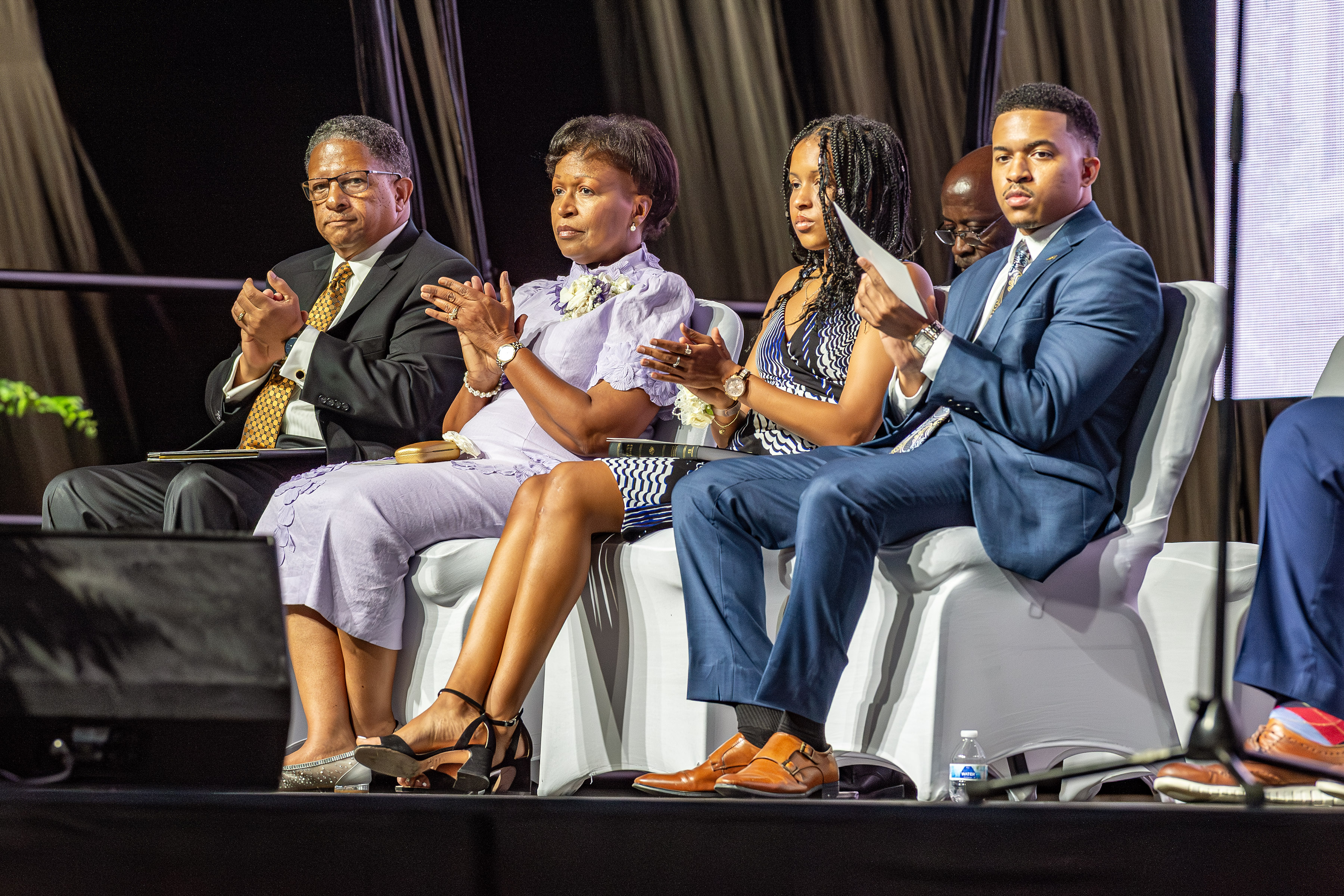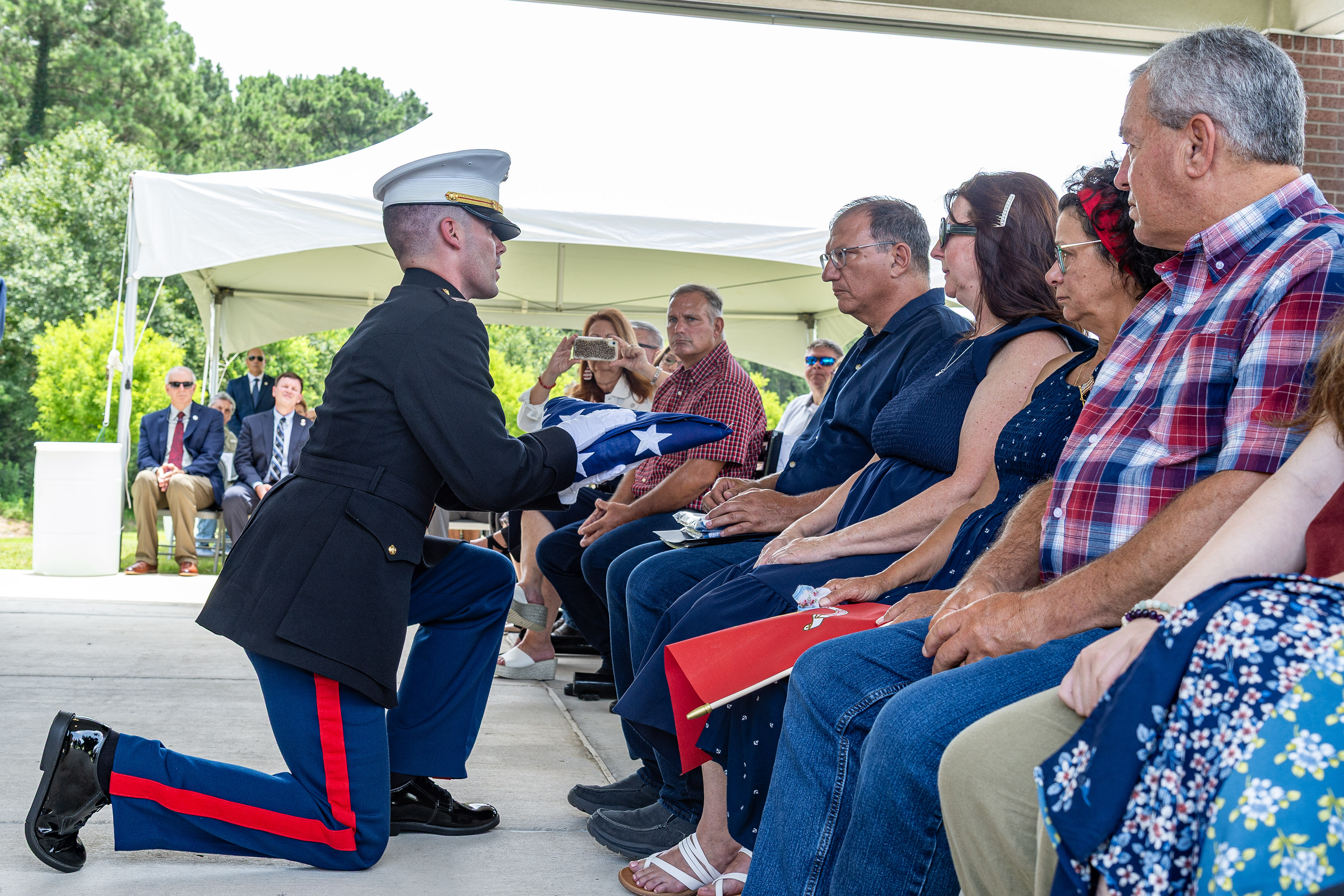New Orleans native, former LSU student among hopefuls
Published 7:00 pm Sunday, December 1, 2019
Michael Angeletti
Lake Charles will host one of the biggest sporting events in the area’s history next week when hundreds of amateur boxers from around the country gather for the USA Boxing Olympic Team Trials and National Championships.
The competition will determine national team members for next year — including candidates for the 2020 Summer Olympics in Tokyo — as well as national champions for youth age groups.
Hundreds of competitors, coaches, trainers, family members and USA Boxing officials are expected to visit the area for the event. Preliminary round fights will be held for free at the Lake Charles Civic Center. Finals will be held at the Golden Nugget casino and hotel.
Michael Campbell, USA Boxing Events and Operations Manager, said the event is a crucial one for Olympic hopefuls. Participants include New Orleans native Michael Angeletti and former LSU student Virginia Fuchs, each of whom have represented the USA in international competitions but not yet appeared in the Olympics.
Virginia Fuchs celebrates her win at the International Boxing Tournament on Dec. 6, 2015 in Rio de Janeiro.
“The 2020 Olympic Team Trials is a culmination of four previous qualifying events. There are 13 Olympic weight classes, eight for men, five for women. Each class will have eight competitors. Those competitors qualified by finishing in the top two of each of the four previous qualifiers, which began with the national championships last December, followed by a Western qualifier in March, an Eastern qualifier in October and the last chance qualifier in November.
“The Olympic Trials will be a double elimination tournament, meaning a fighter has to lose twice to be eliminated. The 13 winners will make up Team USA. They will go to a camp in January before going to Europe for a test event, the Strandja tournament, which is the oldest tournament in Europe and will be held in Bulgaria. They will compete there, come back to camp, then compete in the continental qualifier in Argentina. In order to claim a spot in the Olympics, a fighter will have to qualify at that event or at a world qualifier in May.”
Campbell said boxing has remained one of the more popular Olympic sports around the world. The USA was formerly a power on the world stage but has struggled to keep up as other countries provide funding to keep their best prospects from turning pro at an early age.
“Every Olympics produces future professional world champions, we are just seeing them spread out over many countries,” he said. “Many countries are doing a good job of developing boxers over the long term and keeping them amateur so that they are more mature when they go to the Olympics. The economic model in the United States are a lot different. Our athletes are 18- and 19-year-olds who are holding off going professional a year or two so they can pursue their Olympic dreams. We send our kids against more mature, government-supported boxers. We are aiming to return to our past medal success.”
Campbell said boxing has maintained popularity in an increasingly crowded sports calendar.
“Pro boxing is on television more than it has ever been, there are more cards than ever and some of the most lucrative sporting events are boxing matches,” he said. “I would say in terms of popularity and opportunities boxing is as big as ever.”
Campbell said the popularity has trickled down to every level.
“For the past three years, we have had growth each time. Membership numbers grow each year, we are up to about 42,000 members now. There are more nationally and locally sanctioned tournaments than ever. USA Boxing has about 26-30 shows across the country every weekend.”
The amateur boxing to be on display in Lake Charles differs from the professional style.
“We have headgear and wear jerseys, and fights are only three rounds,” Campbell said. “There is not time for a feeling-out process, so there is more action. There is more scoring and techniques than knockouts in amateur boxing. Typically we see few knockouts or stoppages. Less than 5 percent of our fights get stopped. You see a lot more athleticism and competitiveness in amateur boxing. There is still the 10-point-must judging system which takes into account punch output, scoring blows landed, technique, tactics and domination of the bout. Who is doing what they want to do and who is controlling the action.”
This is the third Olympic cycle for women’s boxing.
“At the first two Olympics for women, there were three weight classes but that has been increased to five,” Campbell said. “There are now classes from 112 pounds to 165 pounds. The increased classes means increased numbers. We have seen women’s participation from less than 10 percent before the 2012 Olympics to more than 14 percent now. That means more training and competition. We see their skill set increasing. Now we see females taking up the sport the same age as boys, as young as 7 or 8. Previously, most women’s boxers were crossover athletes who came from other sports, sometimes after the college careers in other sports came to an end. Each Olympics, we are going to see great improvement among the women.”
In addition to the Olympic team, national team spots are up for grabs for teenage age groups as well.
“For the 17-18 and 15-16 age groups, the championships will decide Team USA for the 2020 international year,” Campbell said. “It is an important competition for those groups. The winners in those groups will be brought to Colorado for a training camp then going on to international competition.”
Campbell said the event will produce plenty of action and excitement.
“This will be the best amateur boxing in the country in a four-year span,” he said. “The bouts are full of action, there will be four fights going on simultaneously. It is amazing to see the will, heart and determination in these boxers’ performances.”





